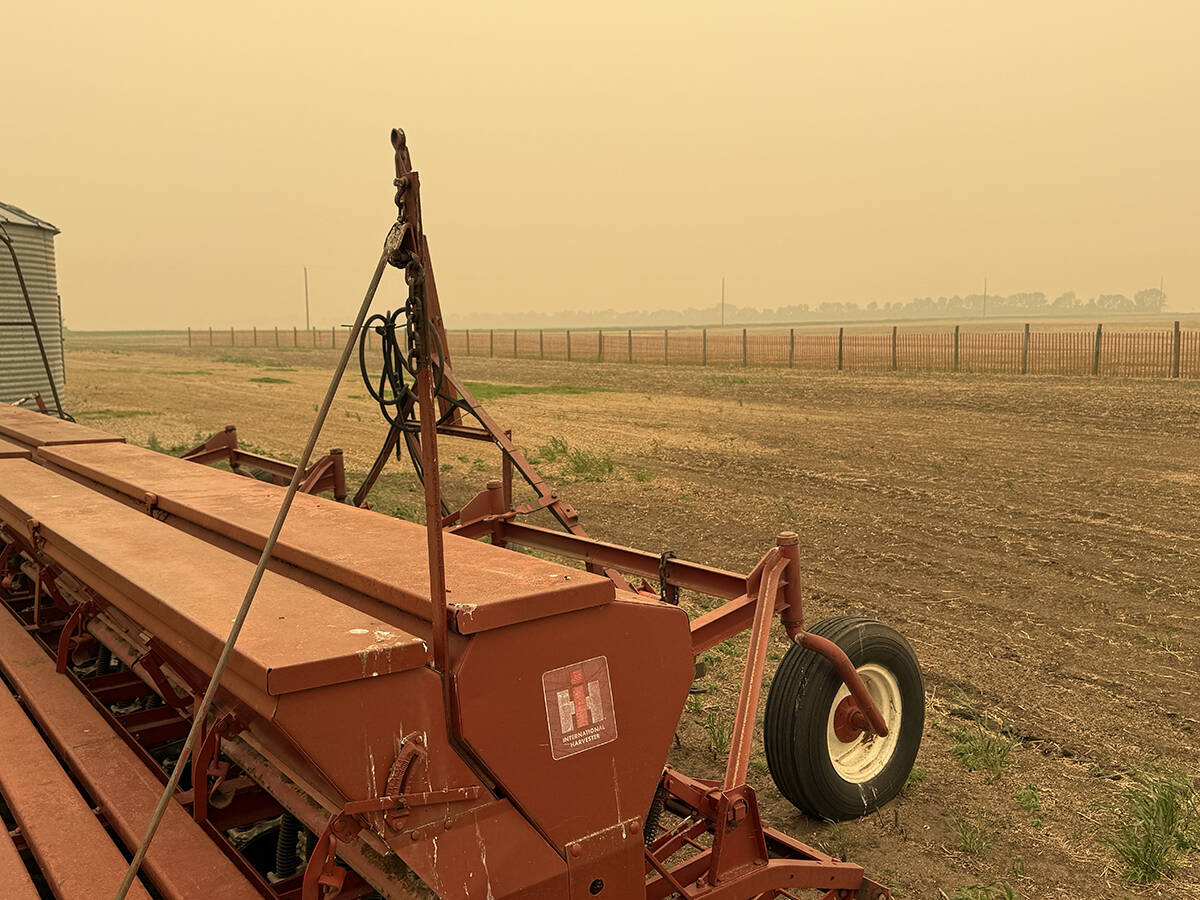The next business risk management program for farmers should be simple, consistent and appropriate for all sectors, said people attending a consultation meeting in Regina Feb. 6.
But how such a program could be designed remains a question.
Farmers had different suggestions on what a new program should include, most of them dependent on which type of farm they operate.
They did agree, however, that it has to work. The existing Canadian Agricultural Income Stabilization program has been criticized for sustaining declining margins and being too complex.
Read Also

Wildfires have unexpected upside this year
One farmer feels smoke from nearby wildfires shrouded the July skies and protected his crop from the sun’s burning rays, resulting in more seeds per pod and more pods per plant.
“We need one good program,” said Lloyd Pletz, a former farmer who retains an interest in agricultural safety nets.
Some at the meeting called for the return of a Net Income Stabilization Account type of program, along with mandatory withdrawals, as part of an improved CAIS program. Others said enhanced production insurance is necessary for the grains and oilseeds sector, while cattle producers would prefer to have only a bankable disaster program.
Aaron Strauss, who farms at Strasbourg and is a representative of the Agricultural Producers Association of Saskatchewan, said government must acknowledge that policy for farmers should be different than policy for other industry participants.
Processors, for example, can pass on escalating costs but primary producers can’t, he said.
The meeting, held as part of the second round of consultations on the next generation of agricultural policy, addressed the other pillars of the agricultural policy framework as well, including innovation and science, markets and trade, food safety and quality, environment and renewal.
Strauss said if farming were a profitable business, renewal would happen all on its own.
Otherwise, the only thing worth looking at under this pillar is an exit strategy, he said.
Edgar Hammermeister, president of the Saskatchewan Soil Conservation Association, added that education and knowledge transfer are keys to the renewal pillar, but without secure funding those types of programs struggle to continue.
The SSCA laid off its field staff last fall when it lost government funding.
“We absolutely need that continuity,” added Germain Dauk, a producer from Naicam, Sask. He said farmers need to know when programs of any kind are either going to end or be continued.
A third round of meetings will be held with smaller focus groups before a draft document is presented to federal and provincial agriculture ministers, who are scheduled to meet in Whistler, B.C. in June.















